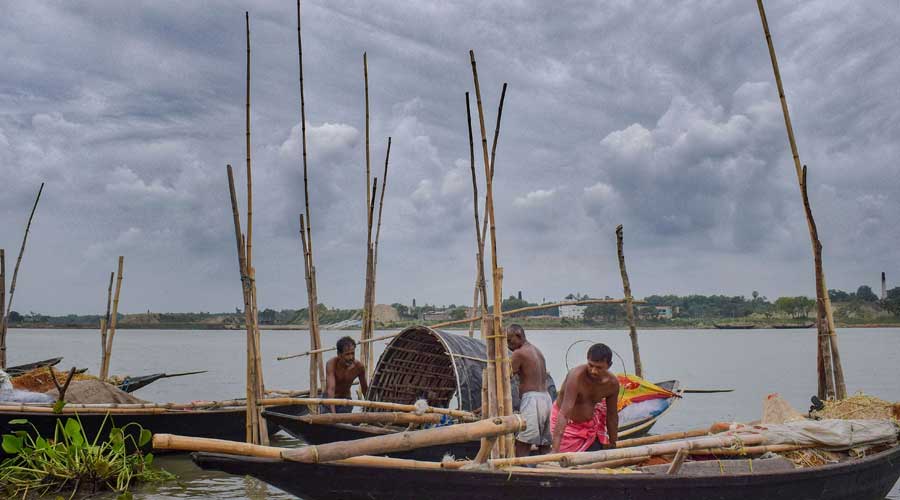The Kolkata Municipal Corporation has been forced to reduce the supply of potable water as its treatment plants are getting raw water with unusually high content of slush or suspended solids, officials said on Monday.
“The water treatment plants are designed to handle a certain volume of suspended solids. The unusually high volume of these substances forced us to reduce the production of water to treat the turbidity,” an official said.
As a consequence, the supply from the plants had to be cut down.
The reduced supply will continue for at least two or three more days, officials said.
Firhad Hakim, the chairperson of the KMC’s board of administrators, said the excessive release of water from the dams of the Damodar Valley Corporation (DVC) was to be blamed for the problem.
“The DVC has released excessive water from its dams, which is why the rivers have got high levels of sediments from land,” Hakim said.
Engineers of the state government said fields and other open land in districts went under water during the recent floods. Now that the water is receding, it is bringing along and discharging sediments into the rivers.
“That is leading to an increase in the volume of suspended solids in the river water,” an engineer said.
The KMC has five water treatment plants — in Palta, Dhapa, Garden Reach, Watgunge and Jorabagan. They together treat and produce over 480 million gallons of water a day.
All plants draw raw water from the Hooghly and treat and convert it into potable water. Civic officials could not say how much water the plants could treat on Monday following the dip in production.
A KMC official said vast areas in north and central Kolkata received yellowish water on Sunday and Monday. Officials at the water treatment plants had first noticed the problem of excessive slush on Sunday. As a way out, the KMC decided to cut production for now.
“Suppose a treatment plant is designed to treat one unit of water in a given time. One unit of raw water carries a certain volume of suspended solids. When the volume increases manifold, we have to reduce the production to treat the solids,” an official said.
The plants have increased the dosage of alum, which helps in precipitation of suspended solids, and chlorine, which acts as disinfectant.
“The high dosage of alum is turning the water yellowish,” the official said. “And the high dosage of chlorine is lending a strong smell to the water.”
Serampore, Uttarpara and Kalyani are among the other affected places.
